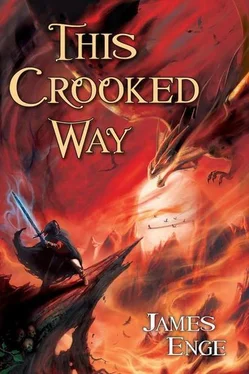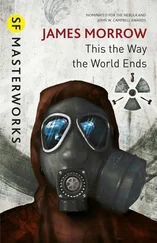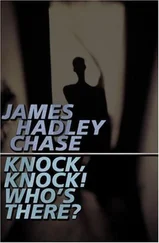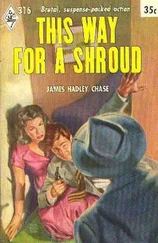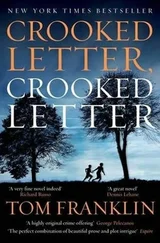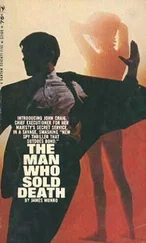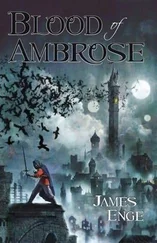In retelling the legends about Lord Urdhven's attempted usurpation (in Blood of Ambrose), it seemed best to use the form of a Bildungsroman or "education of a hero," especially since the scant stories we have about Lathmar VII the Rebuilder tend to illuminate apparently contradictory traditions about Morlock and Ambrosia. It's a familiar form, too-perhaps overfamiliar. As Gabriel McNally recently wrote to me, "You can't swing a dead cat in the fantasy section of any bookstore without knocking three or four of these pigtender-becomes-king books off the shelf." (I was intrigued by this image of the respectable philologist swinging dead carnivores in bookshops, but in later communications he insisted that it was just a thought experiment and that, anyway, the charges had been dropped.)
With This Crooked Way I turned to another venerable form in popular American fantasy, the episodic novel or "fix-up." Episodic novels have a bad reputation these days, and I don't think that's entirely undeserved. But this is a very traditional form in sf/f generally and sword-and-sorcery in particular. For some, that would be no recommendation at all. The past is dead. The future is now. The reason to jump off the cliff is that no one has done it yet. But when it comes to cliff jumping, I am not especially innovative. I like to look down and see a deep, soft carpet of my predeceased predecessors before I leap. In any case, the episodic novel meshes well with the segmented nature of the sources (which I have cobbled together from Von Brauch and McNally's translations of the Khroic song-cycles).
One of the reasons why I decline to involve myself with the historicity question is that it hinges on the material reality of Morlock's world and its relationship to our own. Opinions about this differ. Both the Khroic ekshal and Von Brauch's Gray Book refer to an area described (or named) as "the Sea of Worlds" (Mare Mundorurn in Von Brauch's Latin; in Khroic, Ver[tone IA]-Thel[tone 3B)- Tre[tone 7C]-Lor[tone 2ABC]). The Sea of Worlds is supposed to be an area between worldlines which can be navigated by those-who-know. As far as McNally is concerned, Von Brauch and the Khroi are independent witnesses whose testimony establishes beyond question the reality of the Sea of Worlds (and the worldline in which most of the Ambrosian legends are set). Doubting them is like "doubting the existence of the Ohio Turnpike, just because one has never driven on it." It's safe to say that most of his colleagues feel differently; the issue unquestionably played a role in his denial-of-tenure, a matter which is still under litigation (McNally v. the University of Mackinac et al.).
Nonfolklorists have proposed a "many worlds" hypothesis that might leave some possibility for Dr. McNally's controversial views. Thakurjeet Kaur, the eminent Indian-American physicist, spent her last years crafting a theory to accommodate the different models of quantum decoherence she considered valid, or at least potentially valid. Insofar as I understand it (which isn't much), she argued there was a probabilistic density that causes similar worldlines to collapse and merge, leaving a "world gap" that isolates and defines fundamentally dissimilar worldlines. This "world gap" might be functionally equivalent to the legendary Sea of Worlds. Whether it is navigable or not, or whether it even exists, is a question I leave to quantonauts more adventurous than myself.
Jann Eij 's fiction has appeared in Black Gate, Flashing Swords, and everydayfiction.com. He is an instructor of classical languages at a midwestern university.
